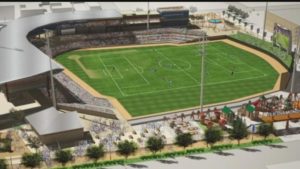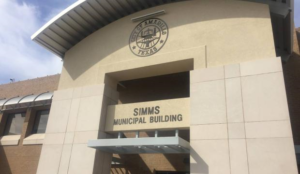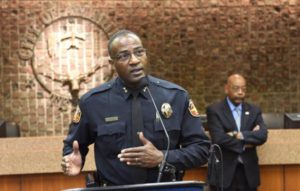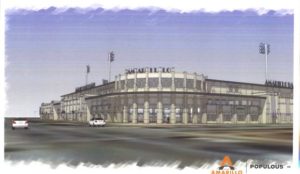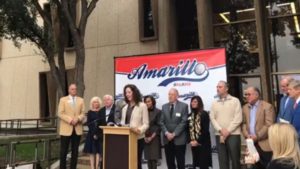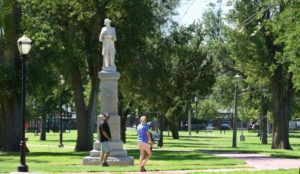I feel like revisiting an issue that some years ago got a lot of Amarillo, Texas, residents all fired up.
I am referring to smoking indoors.
Over the years I have discovered something curious — and quite welcome — about the city where my wife and I live. It’s damn near impossible to find an eating establishment that still allows indoor smoking.
I haven’t been to every single such establishment in the city, so this isn’t a declaration of fact. It is a perception that has dawned on me.
City residents twice in recent years rejected municipal referendums calling for a citywide ban on indoor smoking. The calls for a city ordinance came from the medical community that sought to mandate that business owners order customers to keep their smokes unlit while they ate and drank indoors.
I worked during at least one of those elections for the Amarillo Globe-News. Our newspaper’s editorial policy opposed the mandate. We stated our preference for business owners to do the right thing without being forced to do so by the government.
I gritted my teeth while writing editorials taking that position. My personal preference — and it remains so to this day — was that the city should put residents’ health first. Second-hand smoke is dangerous to those who inhale it. What’s more, a former city councilman — a physician — once admitted to me that his personal preference was to enact a smoke-free ordinance, but that he didn’t want to be the sole vote on the five-member governing panel.
But now, years later, my wife and I are still eating out on occasion. We have discovered that none of the establishments we frequent allow indoor smoking. Indeed, some of these businesses — which formerly allowed it — have gone smoke-free on their own. Imagine that! It turns out that the newspaper’s opposition to was on the mark.
A couple of well-known places along Historic Route 66 have gone smoke-free. I interviewed one business owner while working part-time for KFDA NewsChannel 10 and learned that although she opposed the ordinance she was adamantly opposed to smoking inside her restaurant.
This is all my way of paying tribute to those business owners who have stayed true to their conscience while improving the health climate for their customers.
I am pretty certain some readers of this blog are going to remind me that there remain some joints around the city that still allow smoke to billow from stogies and cigarettes.
Fine. I just can’t find them. I prefer it that way.


